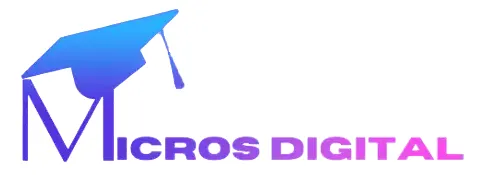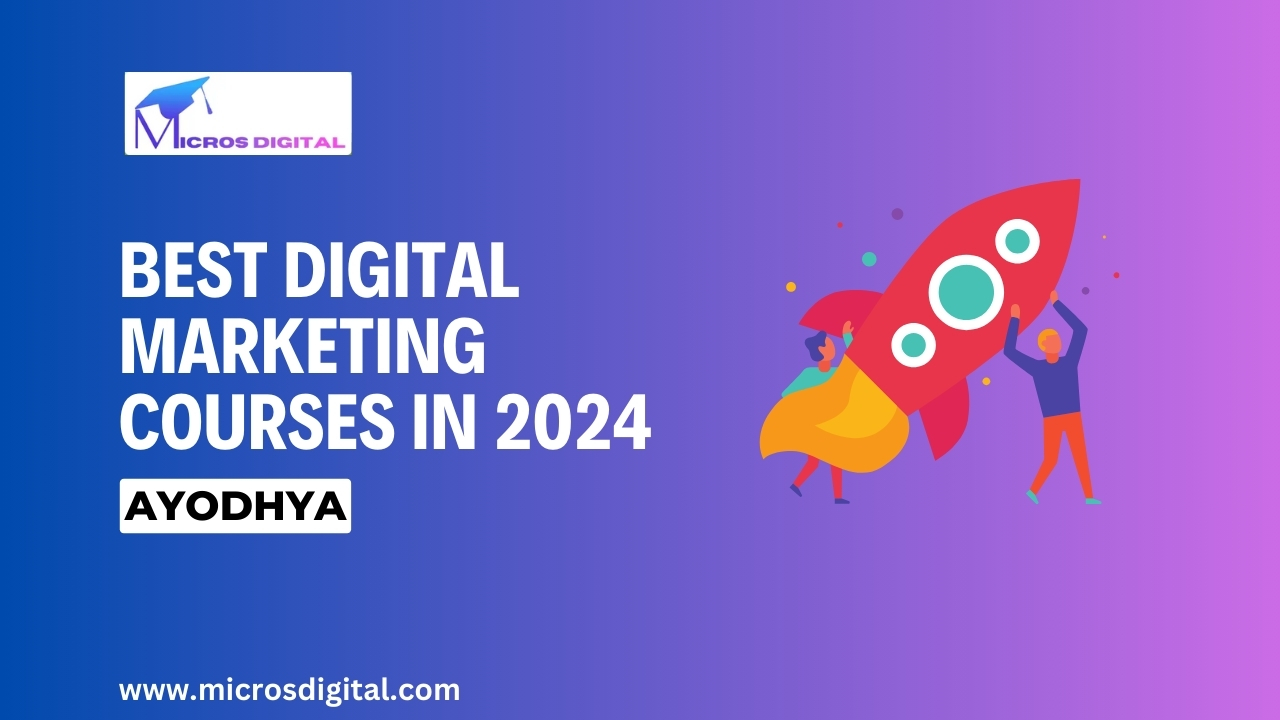Distinguishing between SEO and SEM: SEO targets organic search traffic, while SEM targets both organic and paid search traffic.
Table of Contents
ToggleWhat is Search Engine Optimization?
SEO stands for Search Engine Optimization. It’s a set of practices and strategies aimed at improving a website’s visibility in organic (non-paid) search engine results. The primary goal of SEO is to increase a website’s ranking in search engine results pages for relevant keywords or phrases, thereby driving more organic (unpaid) traffic to the site.
Here’s how SEO works:
Keyword Research: Identifying user intent and understanding the specific words and phrases (keywords) that users type into search engines when looking for information related to your website’s content or offerings.
On-Page Optimization: Optimizing various elements on the website itself to make it more search engine friendly. This includes optimizing titles, meta descriptions, xml sitemap and html sitemap, headings, content, images, and URLs to align with targeted keywords.
Off-Page Optimization: Building the website’s authority and credibility through external factors, such as backlinks (links from other websites pointing to your site), social media signals, and online mentions. Quality backlinks from reputable sites can significantly impact a site’s ranking.
Technical SEO: Ensuring the website is technically sound and easily accessible for search engine crawlers. This involves optimizing site speed, improving site structure/navigation, using schema markup, ensuring mobile-friendliness, and fixing any technical issues.
What is Search Engine Marketing?
Search Engine Marketing (SEM) refers to the practice of promoting websites by increasing their visibility in search engine results pages (SERPs) through paid advertising methods. It involves strategies to drive traffic to websites by purchasing ads on search engines.
SEM primarily consists of two key approaches:
PPC (Pay-Per-Click) Advertising: Advertisers bid on specific keywords relevant to their target audience. When users search for these keywords, ads appear at the top or bottom of the search engine results. Advertisers pay the search engine each time their ad is clicked.
SEO (Search Engine Optimization): While not directly paid, SEO is a fundamental part of SEM. It involves optimizing a website’s content and structure to improve its visibility in organic search results. This unpaid aspect focuses on enhancing a website’s ranking and relevance through various tactics.
Difference Between SEO And SEM In Digital Marketing
SEO (Search Engine Optimization) and SEM (Search Engine Marketing) are both essential components of digital marketing, but they differ in their approaches, goals, and methods:
Goal:
SEO: Focuses on improving a website’s organic (unpaid) visibility in search engine results. The primary goal is to increase a website’s ranking for specific keywords and drive organic traffic.
SEM: Involves both paid and unpaid strategies to increase a website’s visibility in search engine results. It includes paid advertising (like PPC) and other methods to attract traffic.
Nature:
SEO: Primarily involves optimizing a website’s content, structure, and relevance to improve its ranking in organic search results. It’s more focused on the long-term and sustainable growth of organic traffic.
SEM: Encompasses paid advertising methods like PPC campaigns along with SEO strategies. It includes immediate visibility through paid ads and also involves ongoing optimization.
Paid vs. Unpaid:
SEO: Primarily focuses on unpaid tactics, optimizing content, and website elements to rank higher without paying for placement.
SEM: Involves paid advertising (PPC) and other methods where advertisers pay for visibility in search engine results.
Components:
SEO: Involves keyword research, on-page optimization, off-page optimization (backlinks, social signals), technical SEO (site structure, speed, mobile-friendliness), and content creation.
SEM: Includes PPC advertising, remarketing, display advertising, SEO, and other paid methods to drive traffic and visibility.
Timeline and Results:
SEO: Takes time to see significant results due to the gradual process of optimizing content and building authority.
SEM: Offers quicker visibility and results as ads can appear immediately after setting up campaigns, but the traffic stops when the ad spend ends.
In summary, SEO and SEM are interconnected but have distinct focuses within digital marketing. SEO centers on organic, unpaid strategies to improve a site’s ranking and visibility, while SEM involves both paid (like PPC) and unpaid tactics to increase a website’s presence in search engine results and drive traffic.
Also Read :- What Is the Future of SEO in 2024?









One Response
Hello, I want to subscribe for this blog to get newest
updates, thus where can i do it please help out.